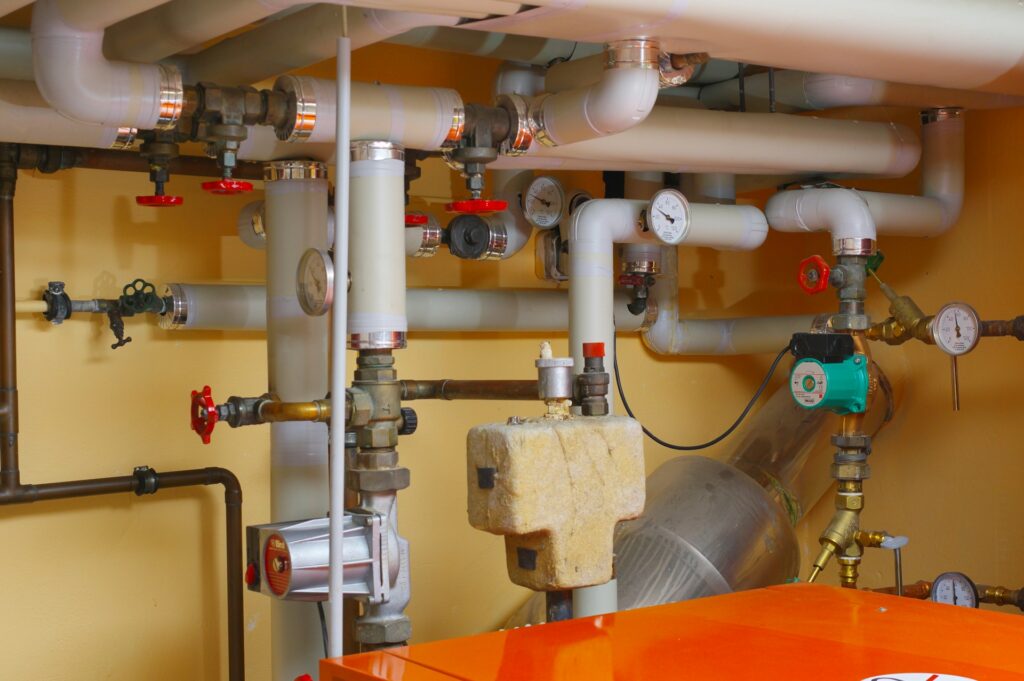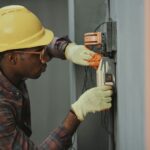
Emerging Trends in Sewer and Water Line Technology
In recent years, smart technology and data-driven solutions have transformed sewer and water line management. Sophisticated sensors are now embedded in infrastructure grids, monitoring flow and pressure changes and identifying leaks before they cause serious issues. These intelligent systems prioritize proactive maintenance, helping municipalities and property owners avoid disruptive emergencies. More homeowners are also embracing digital diagnostics, frequently seeking services such as sewer repair in Denver that utilize noninvasive technology to extend the life of pipes. As noted in Smart Cities Dive, these trends significantly reduce water loss and curb expensive emergency interventions for urban and rural communities. By integrating these technologies, service providers can offer faster, more accurate assessments, minimizing the need for guesswork or destructive inspections.
Addressing Residential Plumbing Challenges
Plumbing complications at home can range from hidden leaks to major sewer backups, and both present risks to property and finances. Fortunately, the days of extensive excavation to fix pipe issues are fading. Newer methods like camera inspections and trenchless repairs simplify detection and minimize landscape disruption. Homeowners can now install devices that monitor humidity, detect leaks, and even trigger automatic shut-off valves in case of problems. The U.S. Environmental Protection Agency strongly supports these approaches, emphasizing that early intervention considerably cuts water waste and utility costs. This adoption of smart devices and preventive checkups can relieve much of the anxiety once associated with hidden plumbing issues.
How Cities Are Rethinking Water Infrastructure
Urban water infrastructure is often decades old and costly to maintain, posing a serious challenge for city governments. By utilizing analytics, artificial intelligence, and comprehensive digital mapping, cities identify and address vulnerabilities before catastrophic failures occur. AI-enhanced tools comb through inspection footage and maintenance records to target at-risk pipes for repairs or replacement. The result is fewer public disruptions and reduced long-term costs, trends documented in a New York Times analysis on modernizing water infrastructure. In addition to safeguarding public health, these wise investments increase the affordability and dependability of water availability for city dwellers.
The Role of Advanced Materials in Pipe Lifespan
Materials science has pushed sewer and water line durability to new heights. Instead of old clay or cast-iron pipes, modern systems rely on materials like HDPE and PVC, which offer incredible resistance to corrosion and require fewer repairs. These contemporary pipes can bend without cracking and last over 50 years with minimal maintenance. Innovations such as pipe re-lining, where a tough new lining is inserted into existing pipes, further extend longevity and minimize construction-related disruptions. In addition to saving money, selecting the right pipe for each location increases dependability over time.
Eco-Friendly Water Management for the Future
Sustainability is now front and center in public and private water projects. Severe weather and population growth have pressured communities to adopt greener, more efficient solutions. Cities employ rain gardens, permeable pavements, and stormwater capture systems to manage runoff and ease the load on main sewer lines. Homeowners can follow suit by installing rain barrels, greywater recycling systems, and efficient irrigation controls. The EPA notes that such green infrastructure can reduce combined sewer overflows by more than 30%, cutting costs and reducing environmental impact. These efforts also create more livable, resilient neighborhoods that can withstand climate stress.
Smart Maintenance Tips for Homeowners
Preventive care is one of the most effective strategies for avoiding costly plumbing emergencies.
- Schedule plumbing inspections every two years, especially in older homes or those with many trees.
- Install leak detectors in high-risk areas to catch issues before damage spreads.
- Learn how to use your main shut-off valve and ensure all household members know its location.
- Fats, oils, and wipes should be disposed of in the trash—not down the drain—to avoid costly clogs.
- Keep thorough records of repairs and upgrades for insurance or resale purposes.
Following these recommendations assists homeowners in extending the life of their plumbing systems, saving water, and preventing surprises. By staying proactive and informed, homeowners can protect their investment, maintain peace of mind, and ensure their plumbing systems function efficiently for years.






